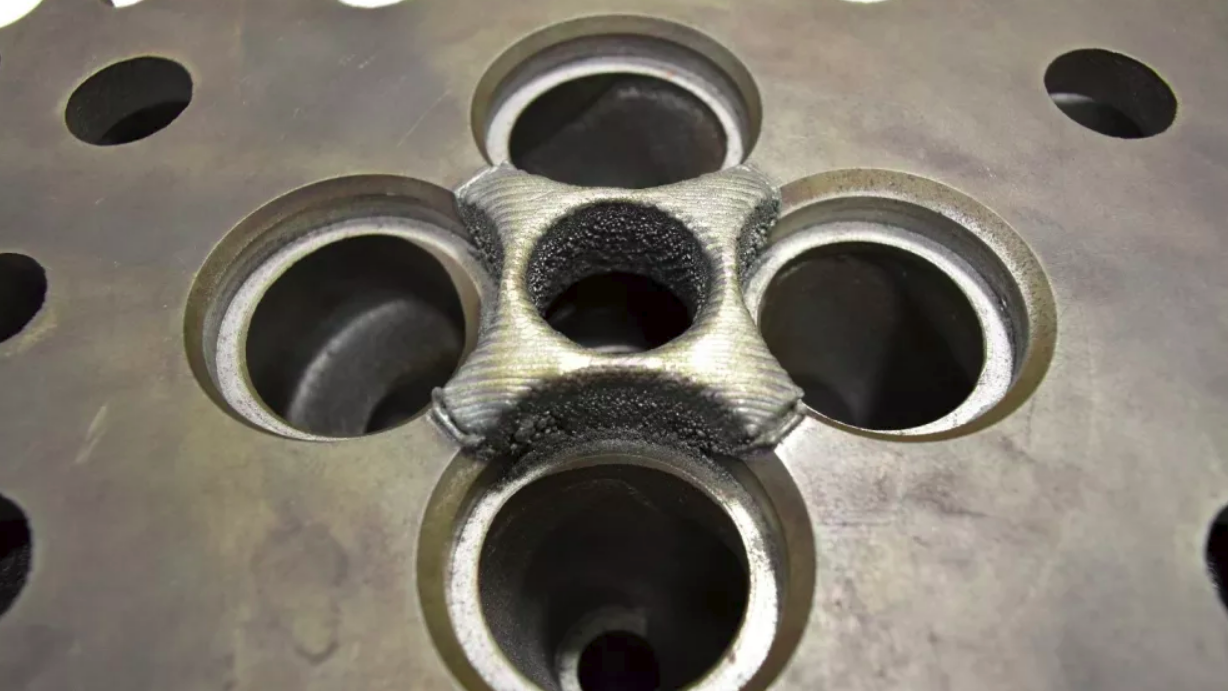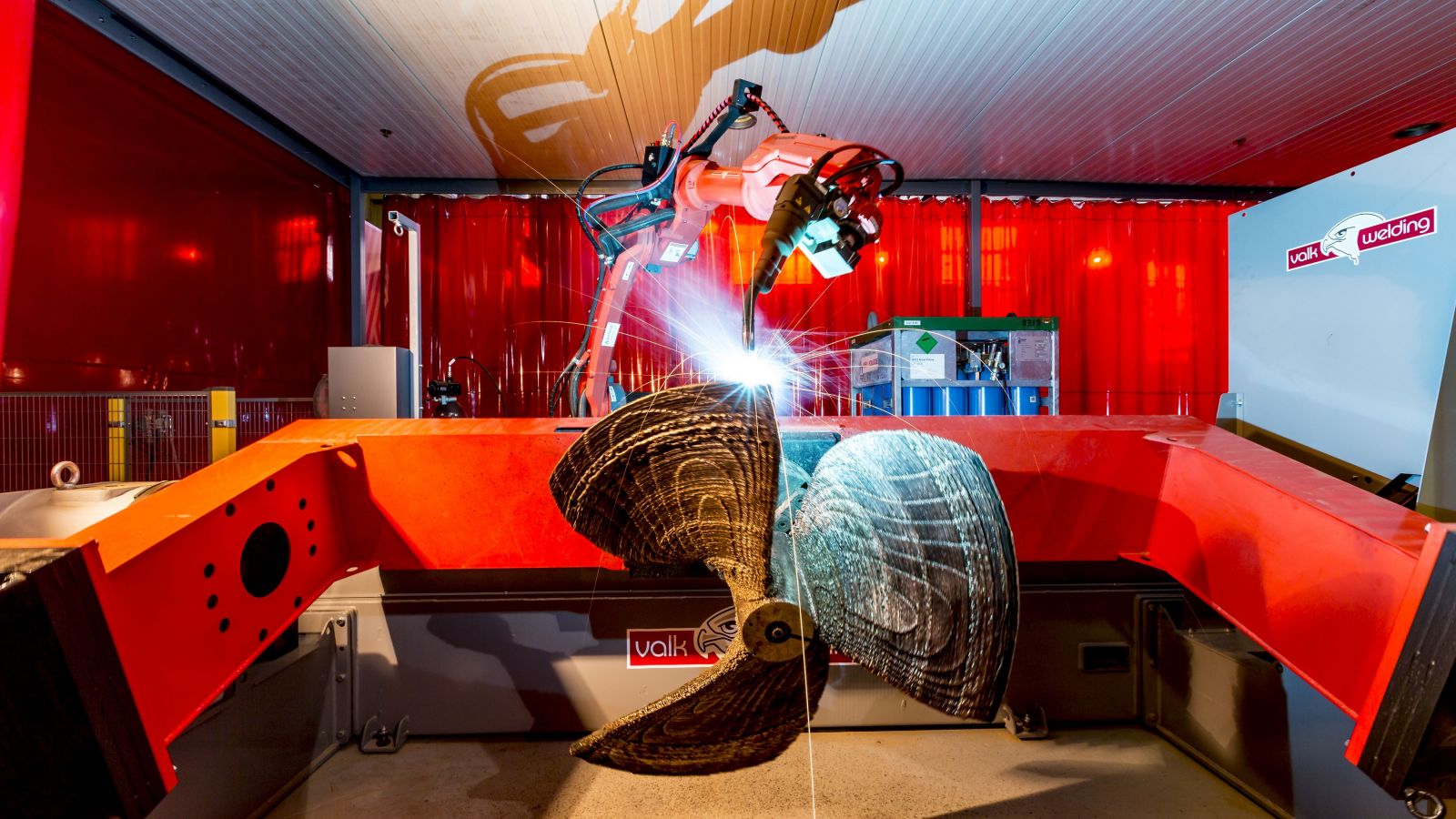Cummins Looks at 3D Printing for Cylinder Head Repairs

Engineers and mechanics are used to having cylinder heads machined, but repairing a badly eroded head is often out of the question. It may be possible soon, though, because Cummins and the U.S. Department of Energy's Oak Ridge National Laboratory (ORNL) are working on an additive manufacturing technique to fill in the eroded area with a metal alloy.
The project is led by post-doctoral researcher Dr. Niyanth Sridharan. Much of his previous research has focused on improvements in ultrasonic additive manufacturing, but for the collaboration with Cummins, his team worked with a laser direct metal deposition 3D printer from DM3D. For each used head, Cummins cut out the damaged section with machining, then shipped it to Oak Ridge for additive remanufacturing. According to engineering.com, Dr. Sridharan's team used temperature sensors and heating elements during the laser additive manufacturing process to keep the cast iron from cracking.
So far, the results look promising, with strong bonds between the new and old metal. The repaired heads have not yet been installed in a truck engine and driven – the real litmus test – but similar technology has been used successfully to fix pitting in gas turbine blades, and many of these parts are flying in jet aircraft today. Among other companies specializing in this kind of repair, French additive manufacturer BeAM provides direct metal deposition as a regular shop service. In 2015 alone, it restored over 800 aerospace components for an American firm.
The cylinder head repair project is the latest in a series of collaborations between Cummins and ORNL on improving engine performance, design and operation. Cummins was an original partner in ORNL's Supertruck efficiency challenge, and the resulting vehicle showed a 70 percent improvement in fuel economy. Nearly two dozen technologies that resulted from that project are in commercial use today. Cummins is also a project partner in the Supertruck II round, along with four other manufacturers, and it has worked with ORNL researchers on a variety of other research ventures related to engine design.
ORNL’s 3D printing researchers (and DM3D) may be best known in the maritime community for their 3D-printed plastic submarine, the “Optionally Manned Technology Demonstrator.” The prototype 30-foot vessel closely resembles the covert mini-subs used by the Navy SEALs. Naval Surface Warfare Center Carderock Division and ORNL used the lab’s Big Area Additive Manufacturing facility to print the sub’s hull in a few weeks at a cost in the five digits – much less than comparable vessels made with conventional techniques.
Plenty of other R&D organizations are also looking at additive manufacturing to solve manufacturing and maintenance problems. Damen recently announced that a prototype of the world’s first class approved ship’s propeller has been produced using 3D printing techniques. The 1,350mm diameter propeller – named WAAMpeller – is the result of a cooperative consortium of companies that includes Damen Shipyards Group, RAMLAB, Promarin, Autodesk and Bureau Veritas.

